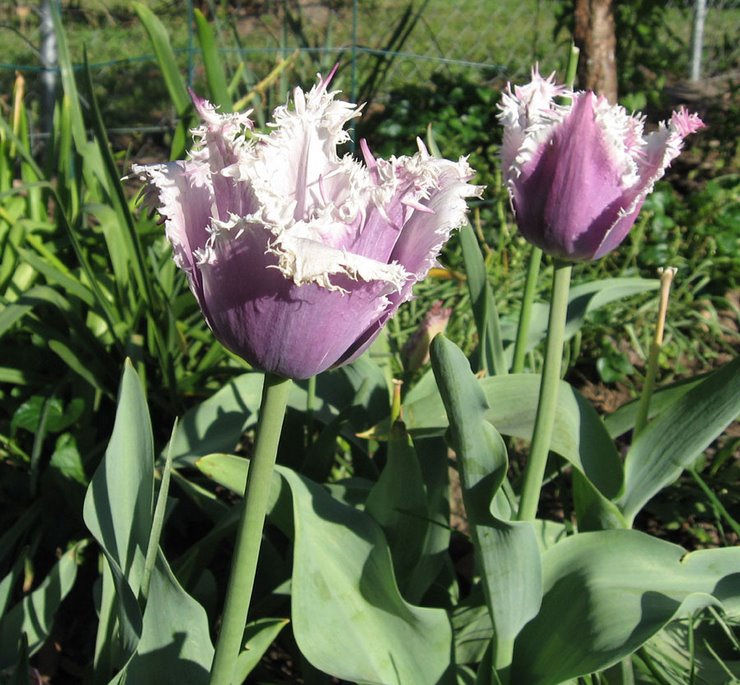 |
| Prickly lettuce (large plant in center) |
Prickly lettuce looks a lot like
another weed called sowthistle, but sowthistle does not have the prickles on the vein on
the bottom of the leaves. Both plants have the milky sap, which differentiates them from "true" thistles.
 |
| Prickles on back of leaves |
Prickly lettuce can be dug or pulled up
when the ground is moist. Getting the root up is essential. Mowing
is not effective, as the base leaves lie close to the ground, and will pass under the mower. If the stem is cut or broken off, it will simply regrow and flower.
Too many weeds to pull? There are several herbicides whose active ingredients are
natural substances. Those that contain clove oil (eugenol) do best on controlling broadleaf weeds as long as they are young. Products containing acetic
acid, often in combination with citric acid, do a good job on young
grasses. Some products contain both clove oil and acetic acid, so
they are useful for a broad variety of weeds. Soap-based herbicides
dehydrate leaves by cutting through their protective layer of cutin.
All of these types of organic herbicides work best on young weeds,
and will only cause a temporary setback to well-rooted perennial weeds. Whatever kind of herbicide you choose to use, be careful to spray only in dry, still
weather so that spray does not drift onto nearby desireable plants. Regular use of pre-emergent herbicides like Preen or corn gluten could also be helpful in preventing this weed from taking root.
 |
| Prickly lettuce |

No comments:
Post a Comment